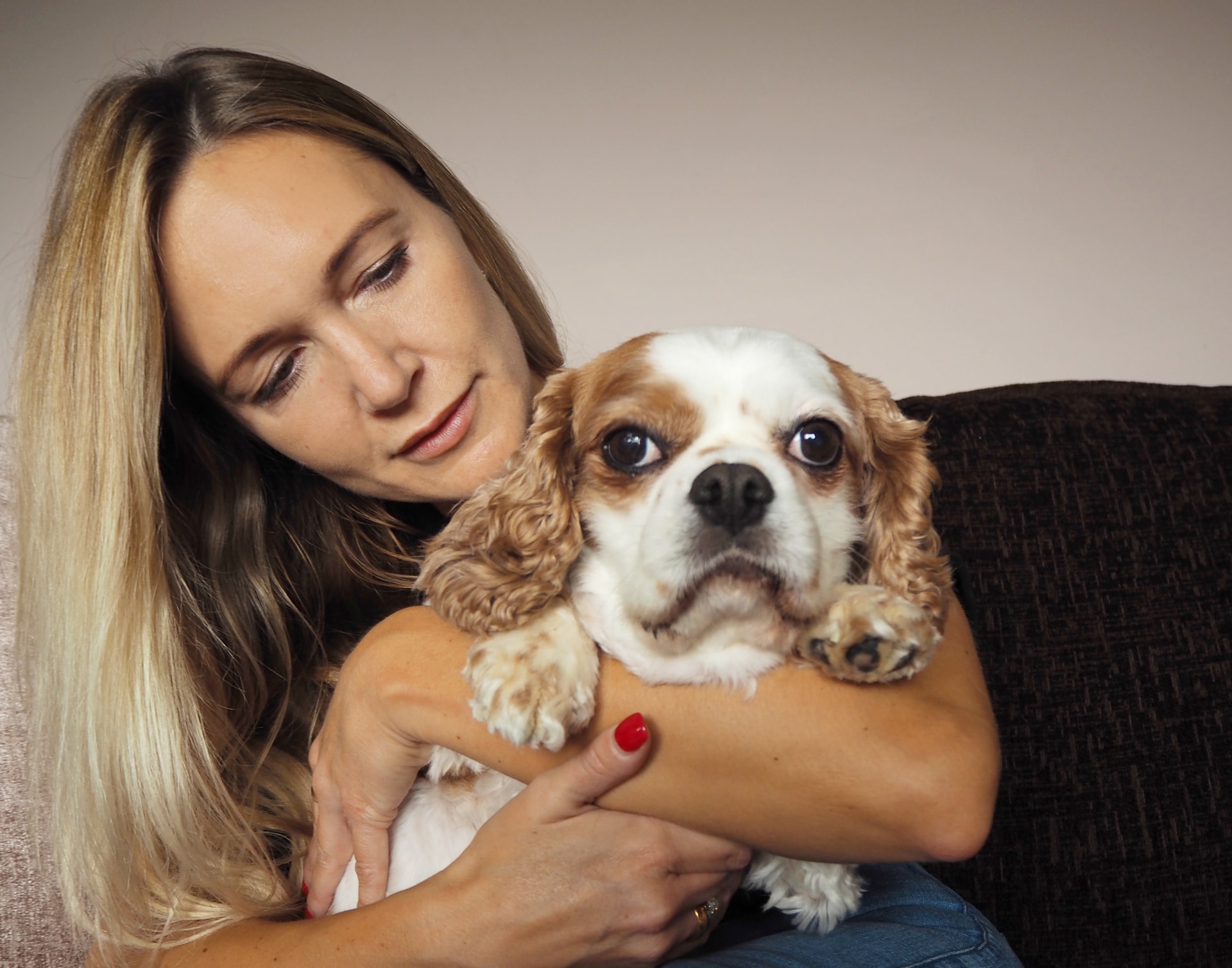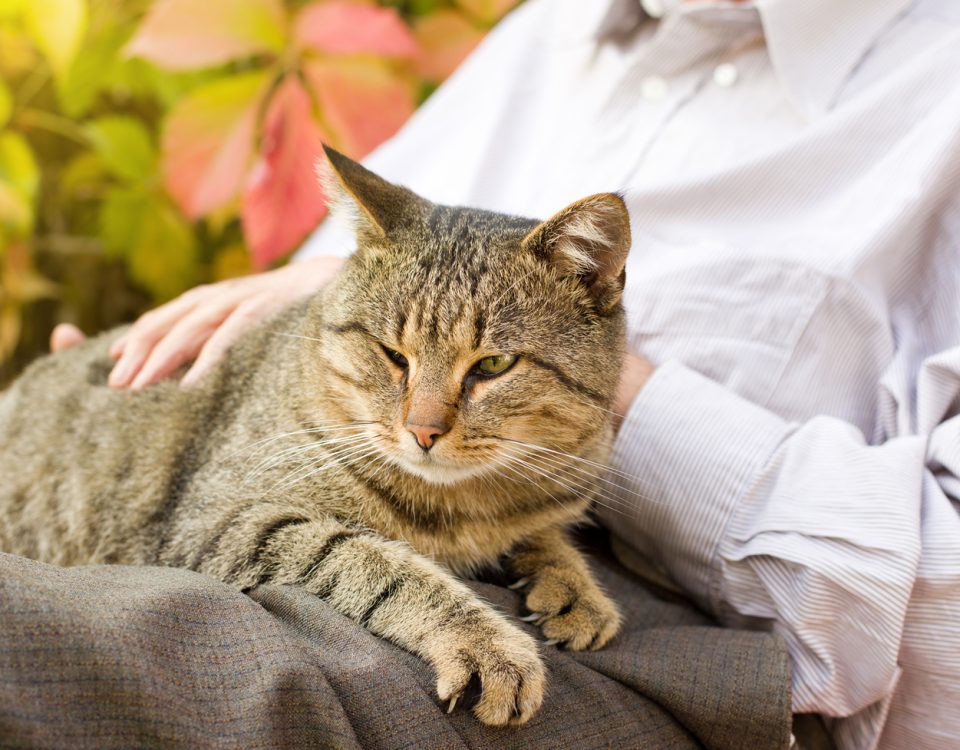
Dog and Cat Lifespan – When Is Pet Euthanasia The Right Choice
November 25, 2020
Pet Euthanasia – Know The Procedure
December 11, 2020
Issue One: making sure your pet’s end of life care is as you would want it.
When a pet develops an illness or aging change that affects their quality of life, we need to take steps to minimise suffering and meet their needs; and this can be much easier if we’ve planned in advance.
Consulting a vet will be helpful, managing pain and distressing symptoms of disease can make a significant difference to an animal’s quality of life.
A pet usually shows behaviours which provide an objective measure of their health. For example, a dog may love to run to the door when the postman comes, or a cat may rush to greet you in the morning for their wet food or treat. Being able to carry out a behaviour that brings pets pleasure is a positive sign. If they are unable to do the things that they enjoy, they may be struggling.
Discussing your pet with a vet also enables you to document a plan if the day should come when your pet needs to be euthanized. Euthanasia is a humane, peaceful action to take when quality of life is poor – but it can be really hard to make that decision in the heat of the moment.
Setting out a “letter of wishes” is a bit like a “living pet will” – deciding how you want to approach your pet’s end of life care. This can be helpful for you or, if you’re not in good health, your family, friends, or carers. Saying goodbye to your pet can be emotionally devastating. However, if thoughtful decisions are made prior to the event it can reduce the stress significantly.
Our specially trained understanding care coordinators can talk to you and help you through this difficult decision. Sedation prior to the injection of anesthetic is often a peaceful option. Some pets have favourite toys, beds or blankets or favourite spots in the house, these can be included in your plan. You can decide where you would like your pet put to sleep, in the veterinary surgery or at home. You can discuss a home visit in advance by discussing this with your vet or end-of-life vet. In this way you can provide your address, directions and telephone numbers beforehand.
The final decisions to be made involve burial or cremation and memorials. If you have earmarked a favourite spot in the garden, note that in your plan. If you would like your pet cremated, then crematoria offer two options. Communal cremation means that your pet is cremated with others and you do not receive any ashes. Individual or private cremation means they are cremated alone, and their ashes are collected. You can have the ashes returned to you or a caregiver in an urn, casket, scatter tube or a more specialised receptacle. Most crematoria offer jewellery and ornaments to contain ashes.
Some owners like to remember their pet with a specific memorial, such as a headstone, a plant, a portrait, or donating to a charity in their name.
Your pet’s insurance policy may include a clause relating to payment or compensation for euthanasia, it is useful to record that.
Issue Two: what happens to your pet if you’re unwell, or after you’ve gone?
Pet care can be expensive, especially for older animals or those with underlying conditions, and so you will probably want to make sure your pet is well provided for after you’ve gone. Although money cannot be left directly to the pet (as UK law deems pets as property), the use of money to benefit the pet is legally enforceable with a Trust. When deciding how much money to leave, consider a comprehensive insurance policy, preventative veterinary care, dog walking, holiday boarding and inflation.
One option is to use one of the many animal charities who provide schemes to help look after your pet. Pre-registration is necessary, and some require a fee, donation or cash bequest. You should mention clearly in your will any scheme you join.
- The Cinnamon Trust is a charity who provide care for pets, when their owners have died or entered residential facilities where pets are not accepted. https://cinnamon.org.uk/
- The RSPCA’s Home for Life scheme provides immediate care and appropriate rehoming. >https://www.rspca.org.uk/whatwedo/care/homeforlife/register?formId=192&campaigncode=20ACLEDIHL043&gclid=Cj0KCQiAk53-BRD0ARIsAJuNhpvtBDpKq0S1jIMy58d1bTlUSggPdgXFlf2Ar0Kd00WKYAZ7OyfBN-0aAgY9EALw_wcB
- The Dog’s Trust run a Canine Card. They will care for and rehome your dog if you are unable to. Dog’s Trust never put a healthy animal down.https://www.dogstrust.org.uk/help-advice/dog-care/canine-care-card
- The Cats Protection League have a Cat Guardian Card scheme. In the event of your death, your cat will be taken to a rehoming centre and rehomed. They also undertake to never put a healthy animal to sleep. https://www.cats.org.uk/what-we-do/catguardians
- The Oldies Club – A charity to help older dogs find loving homes. https://www.oldies.org.uk/
Family members, friends and neighbours are an important part of your pet care plan. Let them know how many pets you have and how to access them in an emergency. In this way, they can provide short term care if you have an accident or are unwell. An emergency contact list in a visible place in the home, perhaps by the front or back door, is helpful. Some owners carry a card with details of their pets and contact numbers of emergency carers. So, if they are incapacitate, this enables relatives or emergency services to help.
If possible, your list should include the contact details of two people, who would care for your pet in the short term. One person may be on holiday or uncontactable.
In the event of your death or chronic illness, more permanent care arrangements need to be made. This is best undertaken as a formal arrangement through a bequest in a Will or by setting up a Trust.
So another great option is a “Pet Will” – whereby you can instruct your executors to rehome your pet, gift a cash sum and provide a “letter of wishes”.
This ‘letter of wishes’ can be provided for temporary caregivers and attached to your Will. This includes details of your pet’s age, diet, microchip number, usual veterinary practice, insurance details and underlying medical conditions. It also details how you would like your animal cared for. Changes in GDPR may affect access to medical records so you can give another person advance consent to access veterinary records.
The most common option is to gift your pet to a designated person in a Will. As circumstances can change, it is wise to include a second name in case the first person is unable to take the pet. Naming your pet or pets can be problematic as you may acquire a new pet so the clause can say ‘all animals in my possession’. Discuss your wishes with the potential caregivers to ensure they can help. The bequest can include a financial gift with a request that the money be used for the pet. The Will may not be actioned for months, so short term plans are essential.
However, you can access a Trust immediately. A trustee becomes responsible for any finances used to care for the pet. The trustee can be the caregiver or another person. Trusts run for 21 years, so, for unusually long-lived pets like tortoises, the pet can outlive the Trust.
Thinking about and documenting your wishes, whether in an end-of-life document or a Will or Trust, gives you peace of mind that your pet will be properly provided for.



